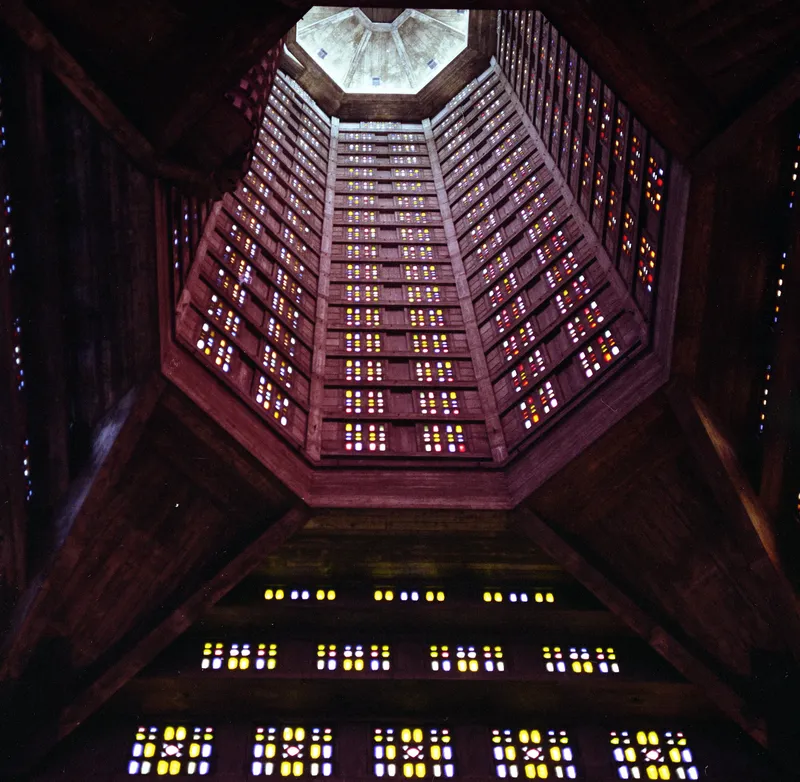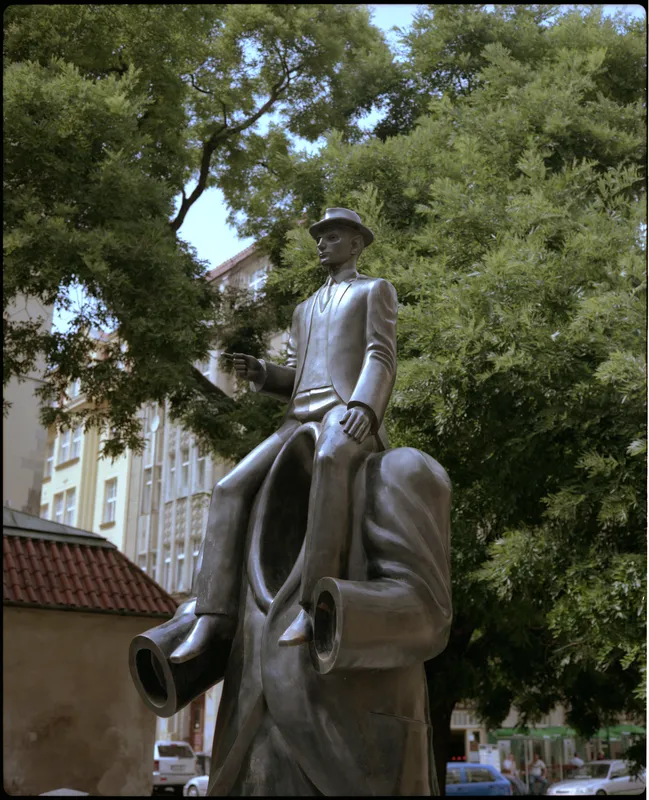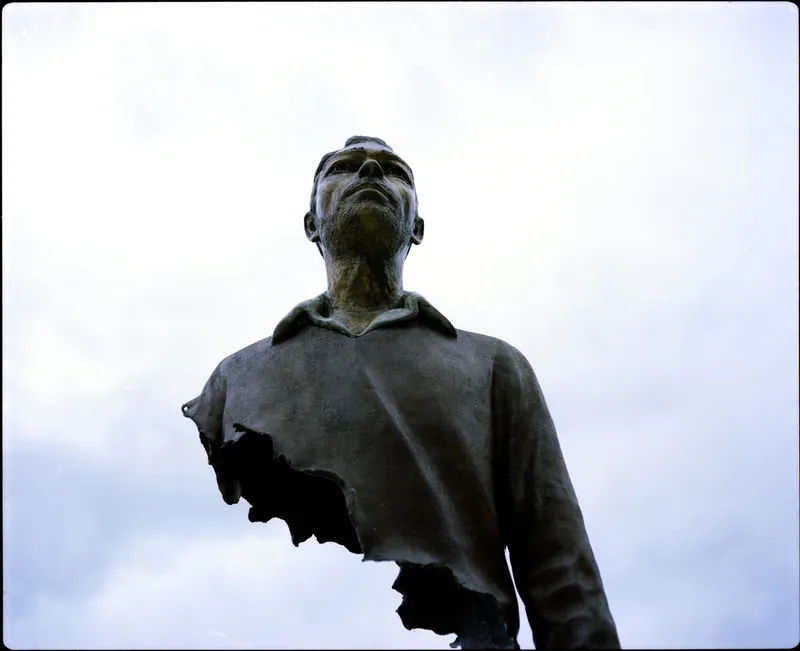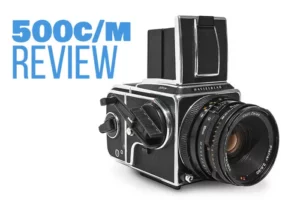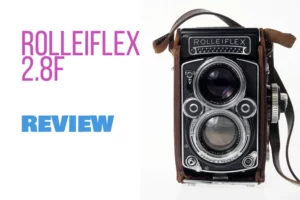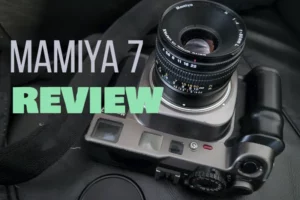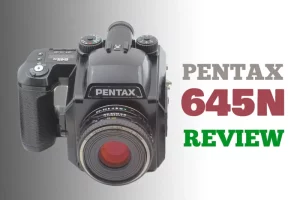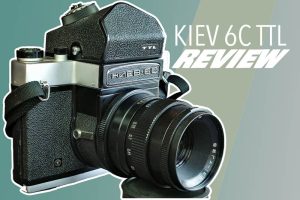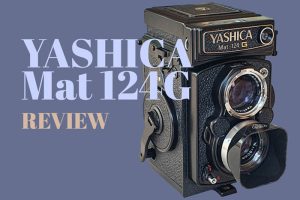Plaubel Makina 67 Review: The thinnest medium format film camera
Last Updated on February 17, 2023
In this review of the Plaubel Makina 67 we will see the most important aspects that make this camera one of the most successful medium format film cameras on the market.
We will analyze its history and see its technical details in depth, with this we will discover why it occupies a place in our top 5 of the best medium format cameras that exist (which we invite you to read).
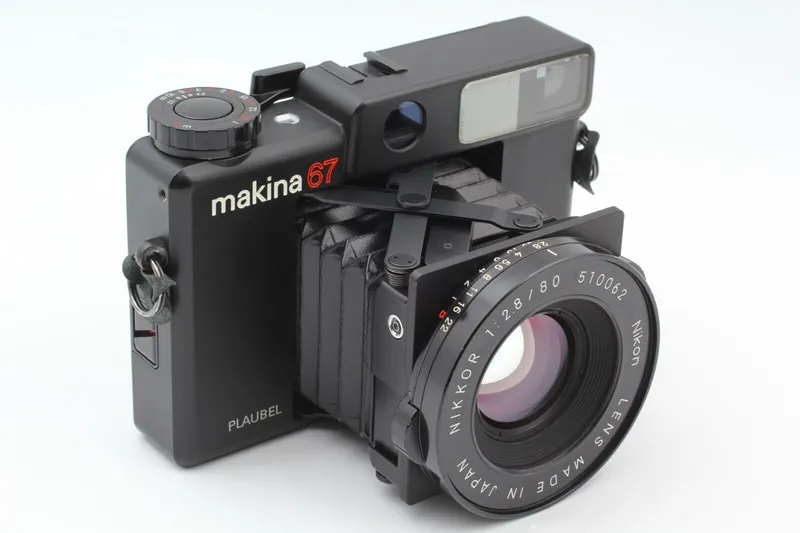
Table of Contents
Makina 67 Specs
| Release: | 1979 |
| Camera type: | Rangefinder, medium format |
| Film format: | 120, 220 |
| Frame size: | 6×7 (56mm x 69mm) |
| Frames quantity: | 10 shots from 110, 20 from 220 |
| Shutter speed: | 1 sec to 1/500 sec, Bulb |
| ISO/ASA range: | 25 – 1600 |
| Lens: | Fixed Nikkor 80mm f/2.8 – f/22, or Fixed Nikkor 55mm f/4.5 |
| Battery: | 2x S76 or LR44 |
| Weight: | 1.3kg |
| Size: | 162mm W, 115mm H, 56.5mm D |
History and features
What started as a family business (Plaubel) in Germany from the beginning of the 20th century, saw a new beginning with the acquisition of it by Kimio Doi in 1975, a Japanese businessman with very clear objectives of what he hoped to achieve with the company.
When Plaubel passed into the hands of Kimio Doi and his company (Doi group), he had to go through various conceptual changes to create a camera that defined the company’s values and differentiated them from the rest. And we can say that it succeeded, since when you pick up a Makina 67 for the first time, you can notice that you are not in front of just any camera. Its conceptual line of design is unique and with very defined ideals.
The Makina 67 is designed in Germany with the help of Udo M. Geissler, a professor at the Technical University of Munich who provided much of the design concept for this camera. Resulting in a very compact, portable camera of exceptional quality.
Initially the Makina 67 was manufactured by Minolta and later came to be produced by Mamiya.
The body

The body that makes up the Makina 67 is in itself a whole in this camera, especially because it is a bellows camera, that is, a folding camera that requires the lens to be extended to operate the camera.
But in traditional terms we will differentiate between the body, that is, the box that is responsible for containing the film, the viewfinder and the focusing system. And the lens, which is the one in charge of most of the functions, that is, in addition to the aperture and focus, from the lens we locate the ISO selector of the film and the shutter speed of the camera.
This is mainly due to Plaubel’s decision to arrange the functions as close to the shutter as possible, which is located on the lens. We assume that it occurs in this way because, being a completely mechanical camera, it ends up being the most suitable and functional. And it is also worth mentioning that like many rangefinder cameras, its folding leaf shutter system in this case also acts as a diaphragm.
The body of the Makina 67 is characterized by having a very slim profile when it is folded, which makes it very distinctive, standing out with its sober and minimalist design.
The lens
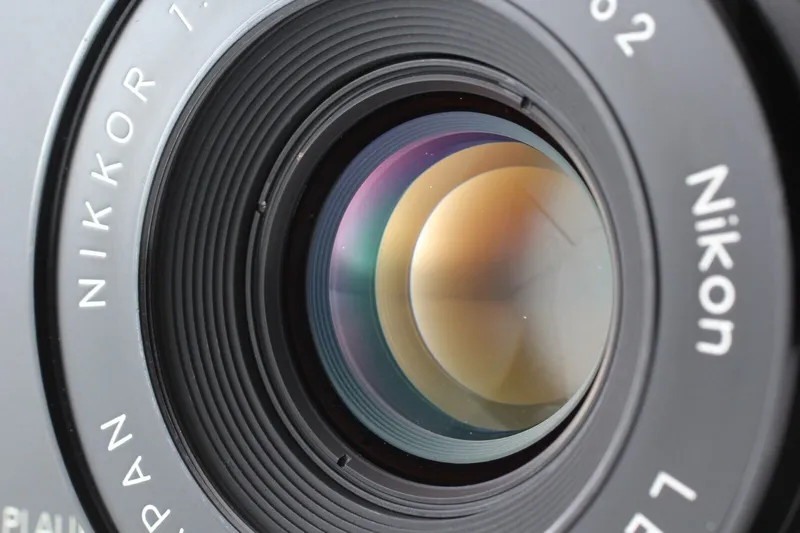
The lens mounted on the Makina 67 is a Nikkor 80mm f/2.8 with four groups and six elements, with a 58mm filter thread. Achieves a minimum focus distance of 1 meter.
The wide angle version of the Makina 67 comes with a wide angle Nikkor 55mm f/4.5 lens, this version is even more compact and is a bit less common to find.
The lens is folded into the body by means of a mechanical and bellows system. Also in it are most of the configurable options in the camera, such as the aperture, speed and ISO/ASA selector (and the compartment for the ISO memo/reminder).
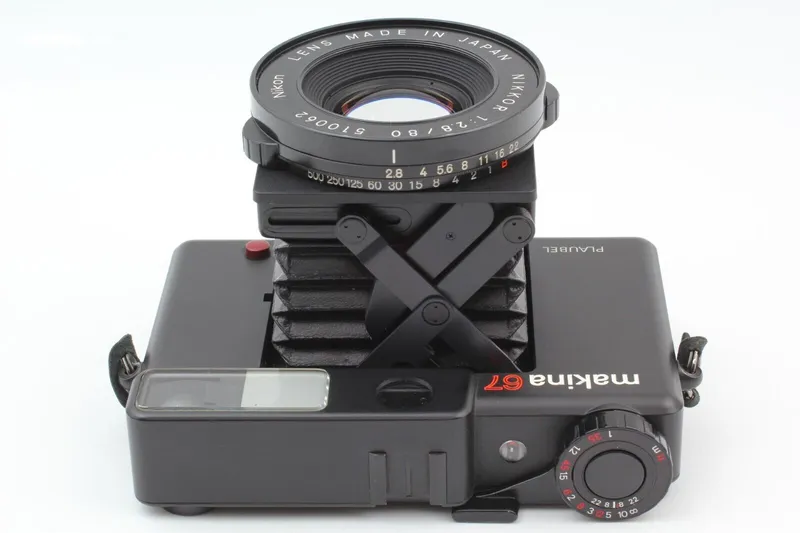
Our intuition might suggest that the focus is done from the lens, but no, the focus system is located in the upper part of the body (in fact, it is what surrounds the shutter button), and let’s not forget that it is a bellows camera that stands out for trying to stay as manual as possible.
Doi chose Nikon and not Minolta for example (who were going to make the body) because he was convinced that Nikon was the best lens manufacturer in Japan. And the idea was to make the best medium format camera of that time on Japanese soil.
Viewfinder
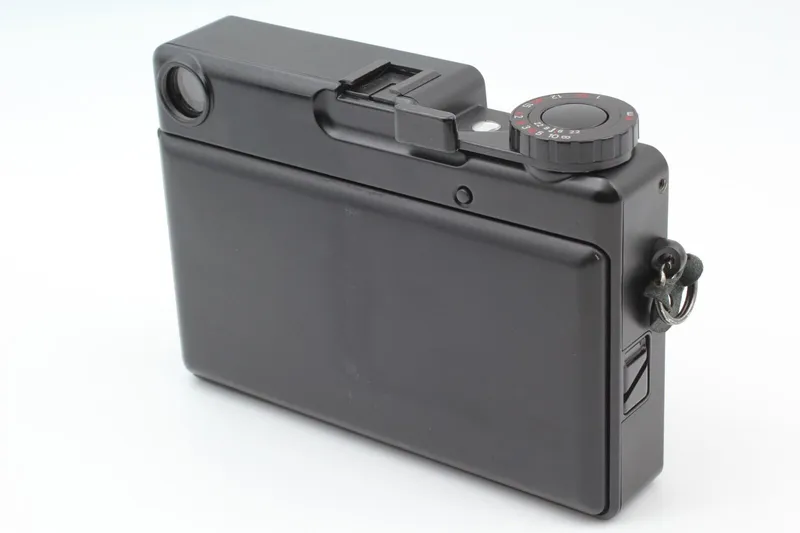
The Makina 67 has a viewfinder that fulfills its purpose very well, the parallax rectangle for focusing has good luminosity, although of course it is not a camera designed to be used in low light situations.
Metering
The Makina 67 has a gallium photodiode light meter which is activated by a button located near the focus system and fire button. Undoubtedly a good place, ergonomic and appropriate.
The measurement is punctual and easy to use since you use the very center of the rangefinder to position the measurement point. The measurement is very good and quite reliable whether you pay attention or simply measure with the actual frame.
The viewfinder shows the exposure LEDS that carry the indicators of overexposure or underexposure (+ or -) with the purpose of adjusting the exposure to the appropriate one.
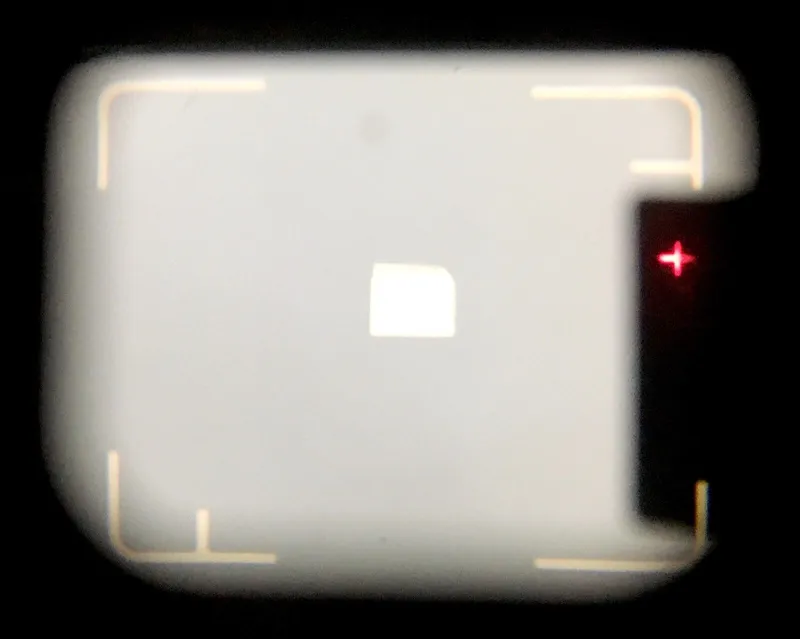
Battery
To operate the camera’s light meter, the camera requires two S76 or LR44 button cell batteries. The camera does not require a battery to shutter any of its speeds, since it is completely mechanical.
Video
In this short video you can hear the sound of the camera working in each of its mechanics.
Sample photos
These are the images that the Makina 67 can achieve, notice the quality of details and contrast that you get with it.
